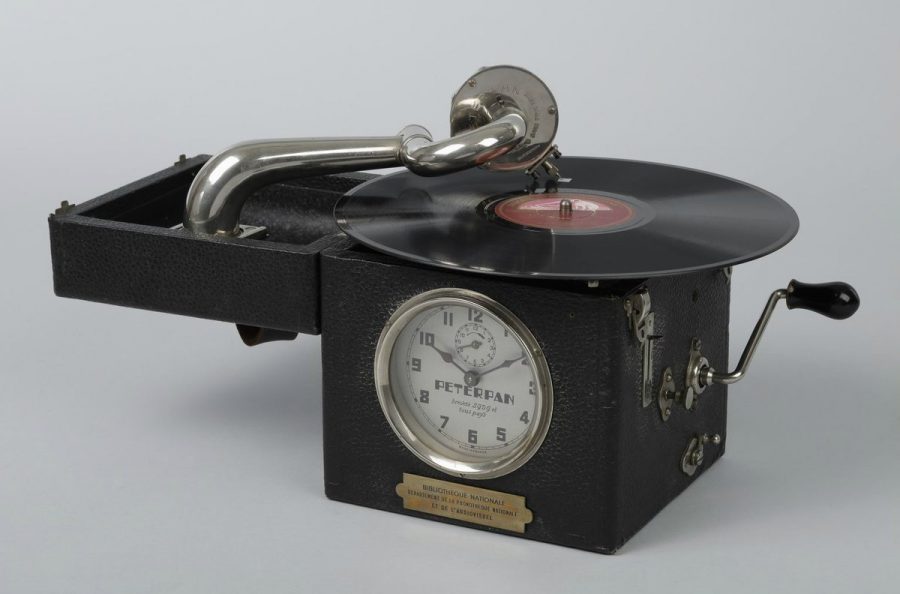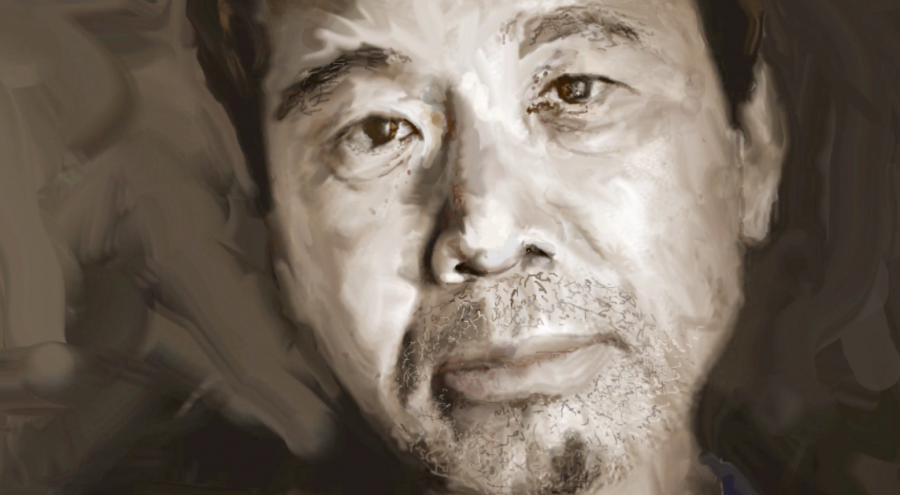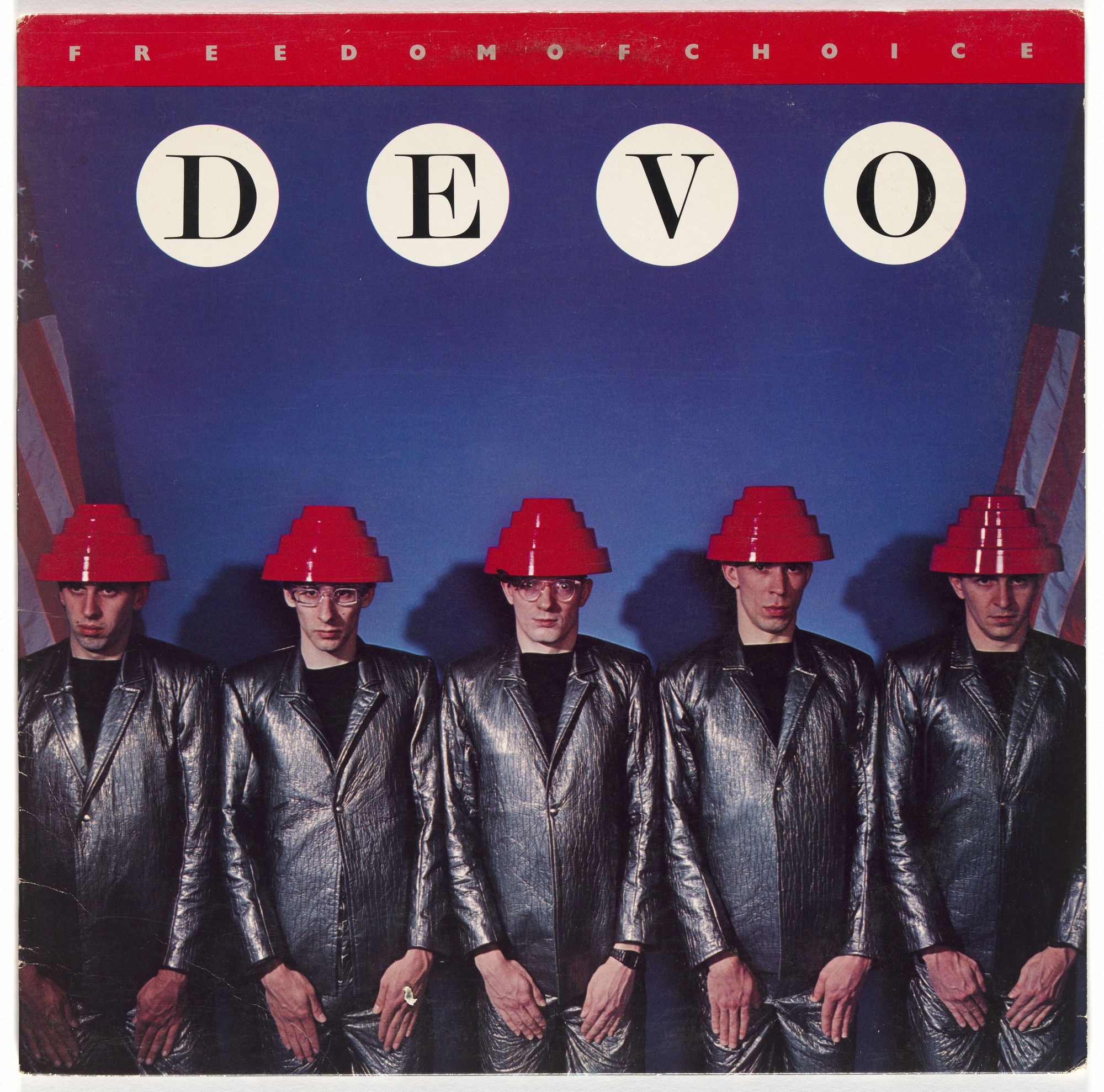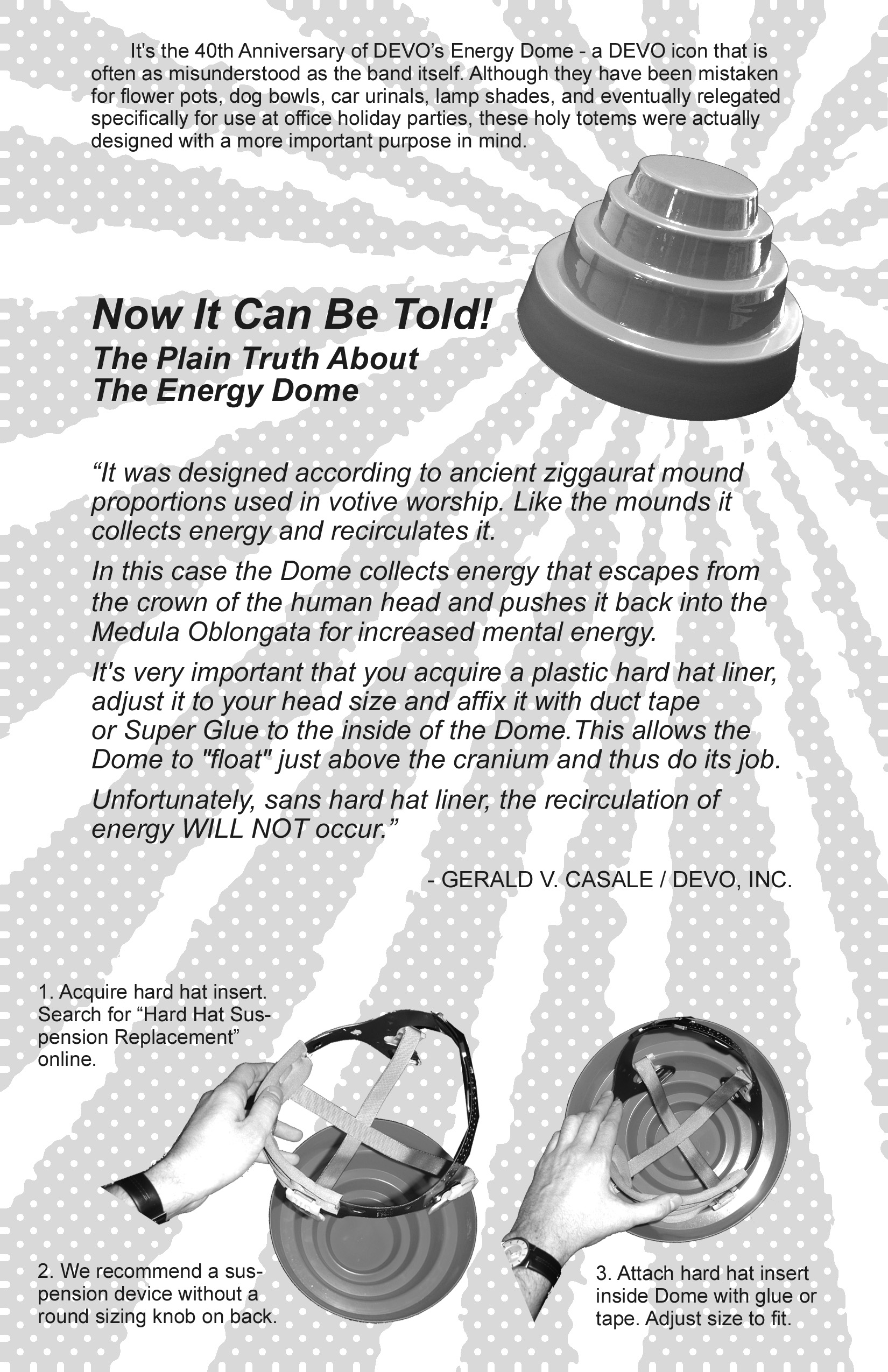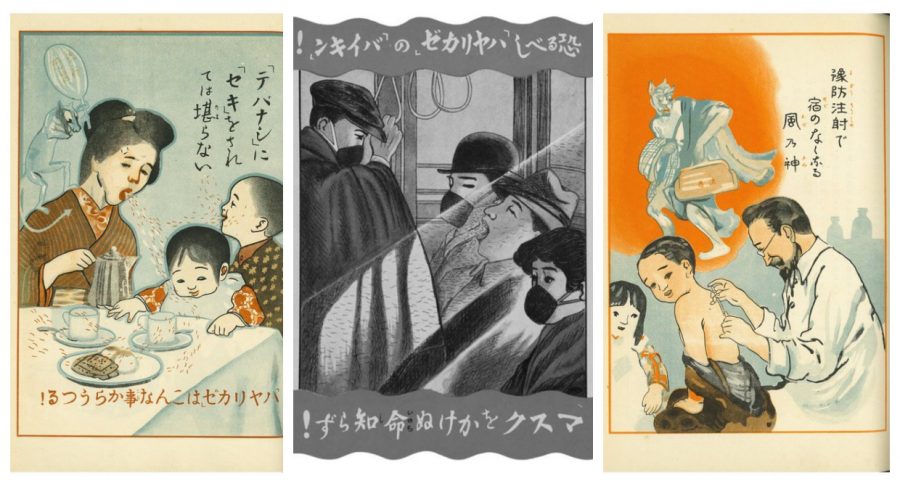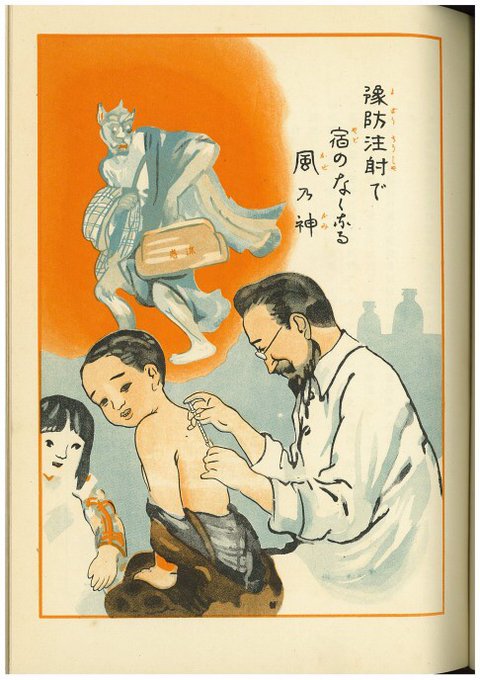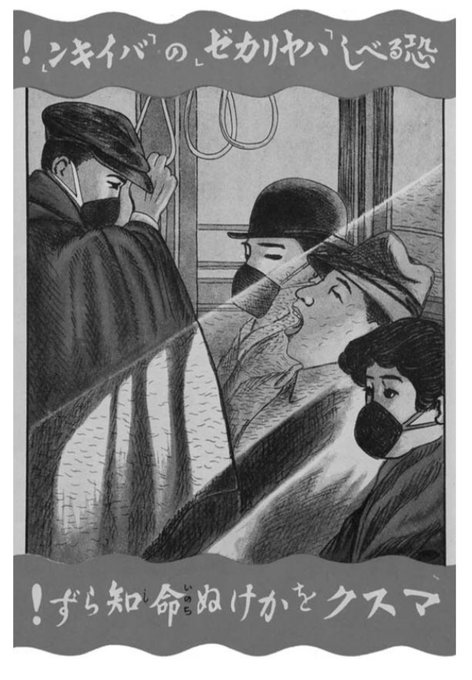In 2016, King Crimson performed “Heroes” at the Admiralspalast in Berlin, just after David Bowie’s death, and nearly forty years after the song was written and recorded next to the Berlin Wall. It was “a celebration, a remembrancing and an homage,” gentleman guitarist Robert Fripp wrote in a statement. The following year, they released the live version on an EP called Heroes, in honor of the classic Bowie album’s 40th anniversary.
King Crimson sounds absolutely amazing in the concert recording. Yet it’s Fripp’s keening guitar line—part violin, part theremin—that most calls out to us, a gorgeously heavenly wail. Like many Bowie songs, the writing and recording of “Heroes” produced many a fascinating story. Fripp’s contribution, as a legendary character and prog-rock genius, is no exception.
Fripp’s angelic tone on “Heroes,” as Tony Visconti tells it above (at 2:15), came about mostly by happy accident. Visconti explains more fully in a Sound Opinions interview:
Fripp was available only one weekend. So he came to Berlin, brought his guitar, no amplifier. He recorded his guitar in the studio. We had to play the track very very loud because he was relying on the feedback from the studio monitors. So it was deafening working with him.
Whereas everyone thinks it’s an ebow, this magical guitar gadget called an ebow. In fact it wasn’t an ebow, it was just the feedback–Fripp playing this “dah uhhhh dahh uhhh” that beautiful motif. And Fripp recorded a second time without hearing the first one. It was a little bit more cohesive, but still quite wasn’t right, and he said, “Let me do it again. Just give me another track. I’ll do it again.” And we silenced the first two tracks and he did a third pass, which was really great. He nailed it. And then I had the bright idea: I said, “Look let me just hear what it sounds like with the other two tracks. You never know.”
We played it, all three tracks together, and you know, I must reiterate Fripp did not hear the other two tracks when he was doing the third one so he had no way of being in sync. But he was strangely in sync. And all his little out-of-tune wiggles suddenly worked with the other previously recorded guitars. It seemed to tune up. It got a quality that none of us anticipated. It was this dreamy, wailing quality, almost crying sound in the background. And we were just flabbergasted.
It was a typically Eno-Visconti way to find a new sound. That sound, Visconti says above, is all over the track. For this reason, Fripp has been engaged in legal battles with David Bowie’s estate over his credit, insisting that he should have “featured player” status, a legal designation that would give him greater rights to remuneration. Always a shame when wrangling over money comes between the creators of great music, but in this case, Brian Eno and Tony Visconti both support Fripp’s claims, and so perhaps would Bowie if he were here.
Whatever it takes to be a “featured player,” Fripp sailed over the threshold on “Heroes.” He demonstrates it again in the King Crimson tribute, making one guitar sound like three onstage, and in the video above, which he released with his wife Toyah for VE Day. The backing track is from the Berlin performance at the top, with dubbed vocals by Toyah and guitar, of course, by Fripp, playing the same Gibson Les Paul he flew into the studio with in 1977, and looking just as singularly unimpressed by the proceedings.
Related Content:
Watch David Byrne Lead a Massive Choir in Singing David Bowie’s “Heroes”
David Bowie’s “Heroes” Delightfully Performed by the Ukulele Orchestra of Great Britain
Josh Jones is a writer and musician based in Durham, NC. Follow him at @jdmagness
